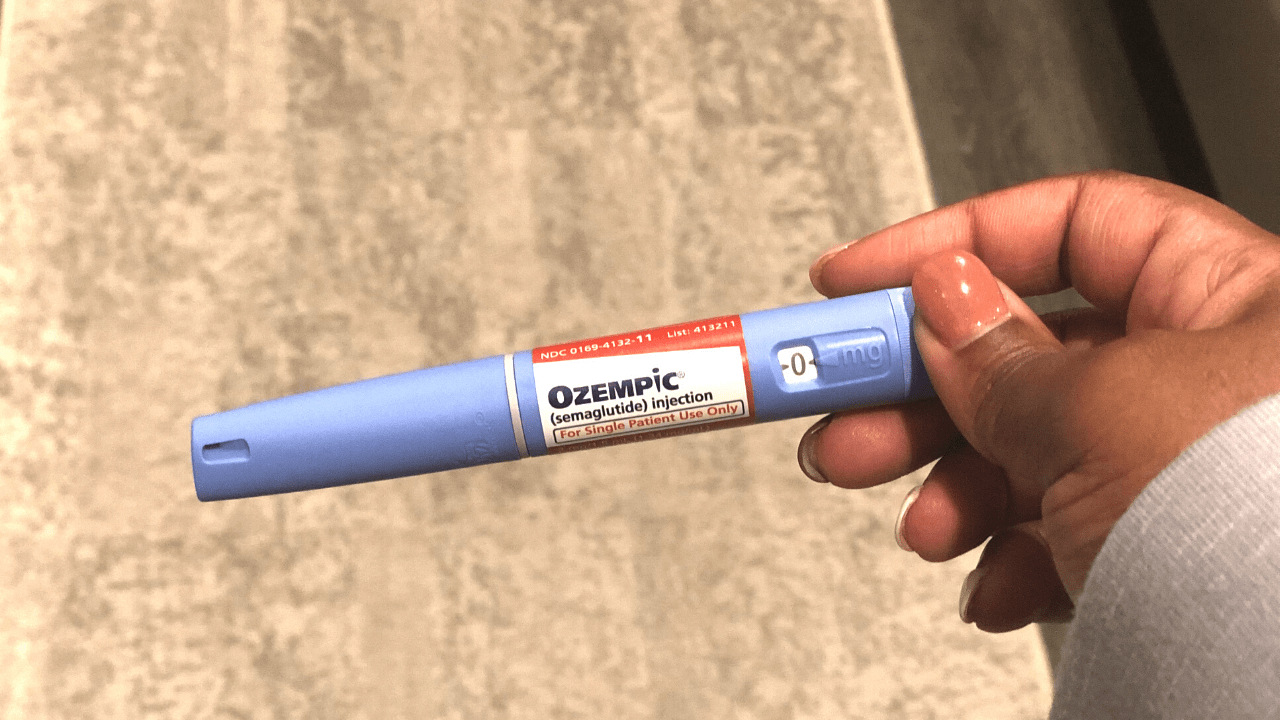

Articles
Ozempic How To Store
Modified: December 7, 2023
Learn how to properly store Ozempic articles to ensure their effectiveness and longevity. Follow these tips for optimum storage conditions.
(Many of the links in this article redirect to a specific reviewed product. Your purchase of these products through affiliate links helps to generate commission for Storables.com, at no extra cost. Learn more)
Introduction
When it comes to storing medications, including Ozempic, proper storage is essential to ensure their efficacy and safety. Ozempic is a medication frequently prescribed to individuals with type 2 diabetes to help control their blood sugar levels. It belongs to a class of drugs called glucagon-like peptide-1 (GLP-1) receptor agonists.
To maintain its potency and effectiveness, Ozempic needs to be stored correctly. Improper storage can lead to a decrease in efficacy, potential spoilage, or even loss of medication. In this article, we will explore the proper storage and handling practices for Ozempic to help you maintain its quality for the duration of your treatment.
Key Takeaways:
- Proper storage and handling of Ozempic is crucial to maintain its effectiveness and safety. Follow temperature, packaging, and light exposure guidelines to ensure the medication’s integrity throughout your treatment.
- Monitor expiry dates and dispose of expired Ozempic properly to ensure safety and effectiveness. Consult your healthcare provider or pharmacist for specific guidance on storage, handling, and disposal.
Read more: How To Store Ozempic
Proper Storage of Ozempic
To ensure the effectiveness and safety of Ozempic, it is crucial to store it properly. Here are some guidelines to follow when storing this medication:
- Store in a cool, dry place: Ozempic should be kept in an area free from moisture and excessive heat. Avoid storing it in places like the bathroom or near a sink where it may be exposed to water or high humidity.
- Avoid extreme temperatures: Ozempic should not be exposed to extreme temperatures. Keep it away from direct sunlight and avoid storing it in the freezer or refrigerator. Extreme cold or heat can affect the stability and efficacy of the medication.
- Keep it out of reach of children: It is important to store Ozempic in a place where children cannot access it. Consider using child-proof containers or keeping it in a locked cabinet.
- Do not transfer to another container: Ozempic should be kept in its original packaging. Avoid transferring it to another container, as this may compromise its quality or lead to confusion about the medication’s name, expiration date, or dosage.
By following these storage guidelines, you can maintain the integrity of Ozempic and ensure its effectiveness throughout your treatment. Additionally, it is important to pay attention to specific temperature requirements, packaging and protection, and light exposure, which we will cover in the following sections.
Temperature Requirements
Proper temperature control is crucial when it comes to storing Ozempic. The medication should be kept within a specific temperature range to maintain its stability and effectiveness. Here are some temperature guidelines to follow:
- Avoid extreme heat: Ozempic should be stored at temperatures below 86°F (30°C). Avoid exposing the medication to direct sunlight, as it can lead to increased temperatures and compromise the effectiveness of the drug.
- Prevent freezing: It is important to protect Ozempic from freezing temperatures. Do not store the medication in the freezer or expose it to temperatures below 36°F (2°C).
- Check temperature-sensitive packaging: Some Ozempic packages come with temperature sensors or indicators to monitor proper storage conditions. Pay attention to any specific instructions or alerts provided by the manufacturer.
Maintaining the appropriate temperature for Ozempic is essential to preserve its effectiveness. Extreme heat or freezing temperatures can alter the composition of the medication, rendering it less effective or potentially harmful to use.
If you are unsure about the temperature conditions in your storage area, it is recommended to consult with your pharmacist or healthcare provider for guidance. They can provide you with additional information and ensure that you store Ozempic in a suitable environment.
Packaging and Protection
In addition to temperature control, proper packaging and protection play a vital role in storing Ozempic. The packaging of the medication is designed to provide optimal protection from external factors that can impact its quality. Here are some guidelines to follow regarding packaging and protection:
- Keep Ozempic in its original packaging: It is important to store Ozempic in its original packaging. The package is designed to provide a barrier against moisture, light, and other factors that can affect the medication’s stability. Avoid transferring it to another container unless directed by your healthcare provider.
- Seal the package tightly: Ensure that the packaging of Ozempic is tightly sealed after each use. This helps to prevent moisture from entering and compromising the medication.
- Protect from damage: Handle Ozempic with care to avoid any damage to the package. Do not use the medication if the package is torn, damaged, or tampered with, as it may indicate potential contamination or compromised quality.
By following these packaging and protection guidelines, you can ensure that Ozempic remains safe and effective throughout its shelf life. Remember to always check the packaging before using the medication and consult your healthcare provider if you have any concerns about its integrity.
Avoiding Light Exposure
Light exposure can have a detrimental effect on the stability of Ozempic. This medication is sensitive to light, particularly direct sunlight and fluorescent lighting. Here are some guidelines to follow to avoid light exposure:
- Store in a dark place: Choose a storage location for Ozempic that is shielded from light. Avoid storing it in areas with direct sunlight or bright artificial light sources.
- Use opaque storage containers: If possible, store Ozempic in an opaque container or wrap it in a foil to provide an additional layer of protection against light exposure.
- Avoid transparent pill organizers: If you prefer using pill organizers, ensure that they are made of opaque or non-transparent materials. Transparent pill organizers can expose Ozempic to light, potentially compromising its stability.
- Be cautious during transportation: When carrying Ozempic during travel or transportation, ensure it is protected from excessive light exposure. Consider using a small, opaque storage case or bag to shield it from direct sunlight.
By taking these precautions, you can help preserve the potency and effectiveness of Ozempic. Remember, even brief exposure to light can have a cumulative effect over time, potentially decreasing the medication’s effectiveness. If you have any concerns or questions regarding light exposure and storage, consult with your pharmacist or healthcare provider for guidance.
Store Ozempic in the refrigerator at 36°F to 46°F (2°C to 8°C). Do not freeze. Once opened, it can be stored at room temperature below 86°F (30°C) for up to 56 days. Keep it away from light and heat.
Read more: How To Store Store-Bought Bread
Handling and Transporting Ozempic
Proper handling and transportation of Ozempic are important to ensure the medication remains safe and effective. Here are some guidelines to follow:
- Wash your hands: Before handling Ozempic, make sure to thoroughly wash your hands with soap and water. This helps prevent contamination of the medication and maintains its integrity.
- Follow proper injection technique: If you are administering Ozempic via injection, it is crucial to follow the instructions provided by your healthcare provider. Ensure that you understand the proper injection technique to minimize the risk of injury and maintain the effectiveness of the medication.
- Protect from extreme temperatures during transport: If you need to travel or transport Ozempic, take precautions to protect it from extreme temperatures. Carry it with you in a suitable storage case or bag to shield it from excessive heat or cold.
- Avoid excessive movement: During transportation, try to minimize excessive movement or agitation of Ozempic. Excessive shaking or rough handling can potentially affect its stability and effectiveness.
By following these handling and transportation guidelines, you can ensure that Ozempic remains safe and effective from the moment you receive it until you administer your dose. If you have any specific questions or concerns regarding handling or transportation, do not hesitate to reach out to your healthcare provider or pharmacist for guidance.
Keeping Track of Expiry Dates
Monitoring the expiry dates of medications, including Ozempic, is crucial for ensuring their safety and effectiveness. Using expired medication can be ineffective or even harmful. Here are some guidelines to help you keep track of the expiry dates of your Ozempic supply:
- Check the packaging: The expiry date of Ozempic is usually printed on the packaging, along with other important information such as the lot number and dosage instructions. Take note of the expiry date when you first receive the medication.
- Organize your supply: Properly organize your supply of Ozempic, placing newer packages at the back and older ones at the front. This ensures that you use the medications before they expire, minimizing the risk of accidentally using outdated medication.
- Set reminders: To avoid missing expiration dates, set reminders or alarms in your calendar or smartphone for when your Ozempic supply is likely to expire. This will prompt you to check the dates and take necessary actions, such as getting a refill if needed.
- Dispose of expired medication: When you come across expired Ozempic, dispose of it properly. Do not use medications that have passed their expiry date, as their effectiveness cannot be guaranteed. Dispose of them according to local regulations and guidelines.
By keeping track of the expiry dates of your Ozempic supply and taking appropriate action, you can ensure that you are using medication that is safe and effective. Always consult with your healthcare provider or pharmacist if you have any questions or concerns regarding expired medication or the storage of Ozempic.
Disposal Guidelines
Proper disposal of medications, including Ozempic, is essential to ensure the safety of others and to protect the environment. Follow these guidelines for the proper disposal of unused or expired Ozempic:
- Consult with your pharmacist: Your pharmacist can provide guidance on how to properly dispose of Ozempic. They can inform you about local regulations and any special considerations for disposing of this medication.
- Do not flush down the toilet: Flushing medication down the toilet can lead to water contamination and harm aquatic life. It is important to avoid this method of disposal for Ozempic and other medications.
- Use a drug take-back program: Many communities offer drug take-back programs where you can safely dispose of unwanted medications. Check with your local pharmacy or law enforcement agency to find out if there are drop-off locations or events in your area.
- Securely seal before disposing: Before placing Ozempic in the trash, ensure that it is securely sealed. This can help prevent accidental exposure and reduce the risk of misuse.
- Remove personal information: If applicable, make sure to remove any personal information from the packaging before disposing of it. This helps protect your privacy and prevents unauthorized use of your information.
By following these disposal guidelines, you can play a part in ensuring the proper and safe disposal of Ozempic. Remember, improper disposal can have harmful effects, so it is important to take the necessary steps to dispose of medications responsibly.
Conclusion
Proper storage and handling of Ozempic are essential for maintaining its effectiveness and ensuring patient safety. By following the guidelines outlined in this article, you can help preserve the quality of the medication and minimize the risk of using compromised or expired products. Remember the following key points:
- Store Ozempic in a cool, dry place, away from extreme temperatures and excessive light exposure.
- Keep it in its original packaging and seal it tightly to protect it from moisture and contamination.
- Avoid transferring it to another container unless directed by your healthcare provider.
- Handle and transport Ozempic with care, and wash your hands before handling the medication.
- Monitor the expiry dates of your supply and dispose of expired medication properly.
If you have any questions or concerns about the storage, handling, or disposal of Ozempic, consult with your healthcare provider or pharmacist. They can provide you with specific guidance based on your individual needs and circumstances.
Remember, the proper storage and handling of medication are essential for ensuring its efficacy and maintaining your health. By following these guidelines, you can have peace of mind knowing that you are maximizing the benefits of Ozempic while minimizing any potential risks.
Frequently Asked Questions about Ozempic How To Store
Was this page helpful?
At Storables.com, we guarantee accurate and reliable information. Our content, validated by Expert Board Contributors, is crafted following stringent Editorial Policies. We're committed to providing you with well-researched, expert-backed insights for all your informational needs.


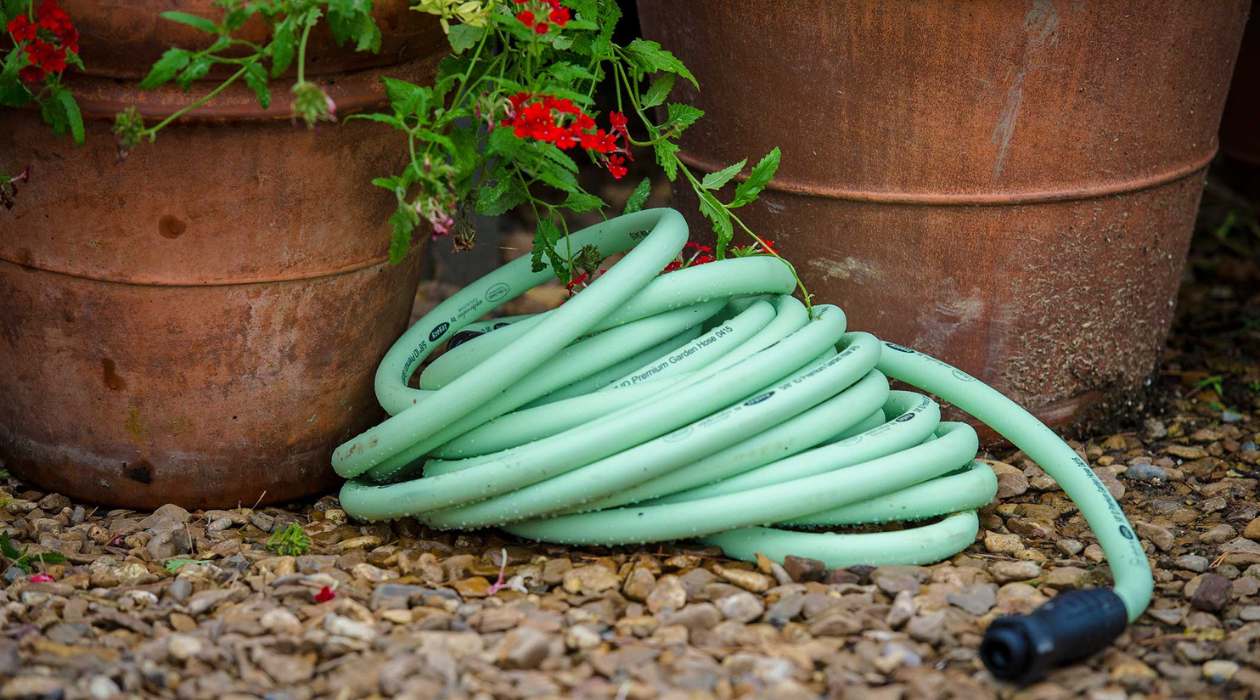
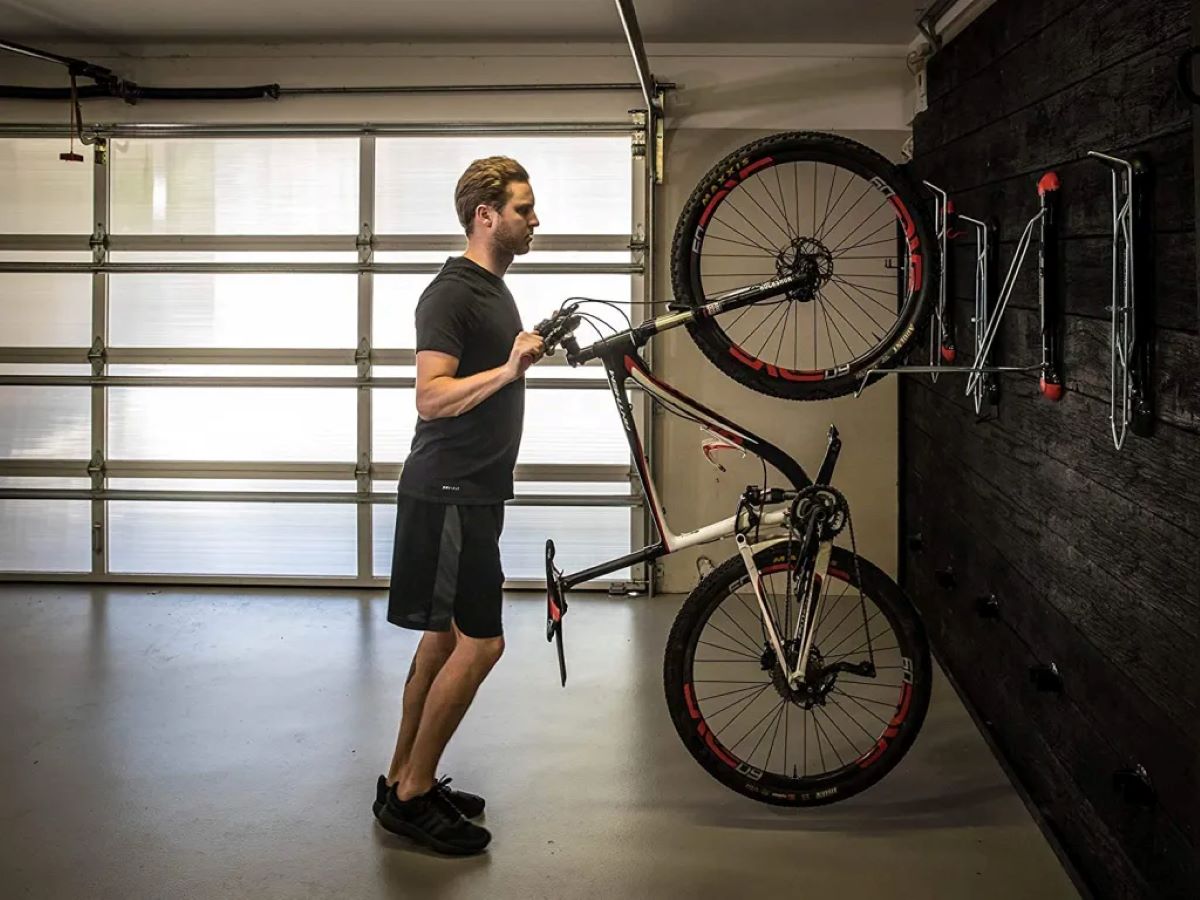

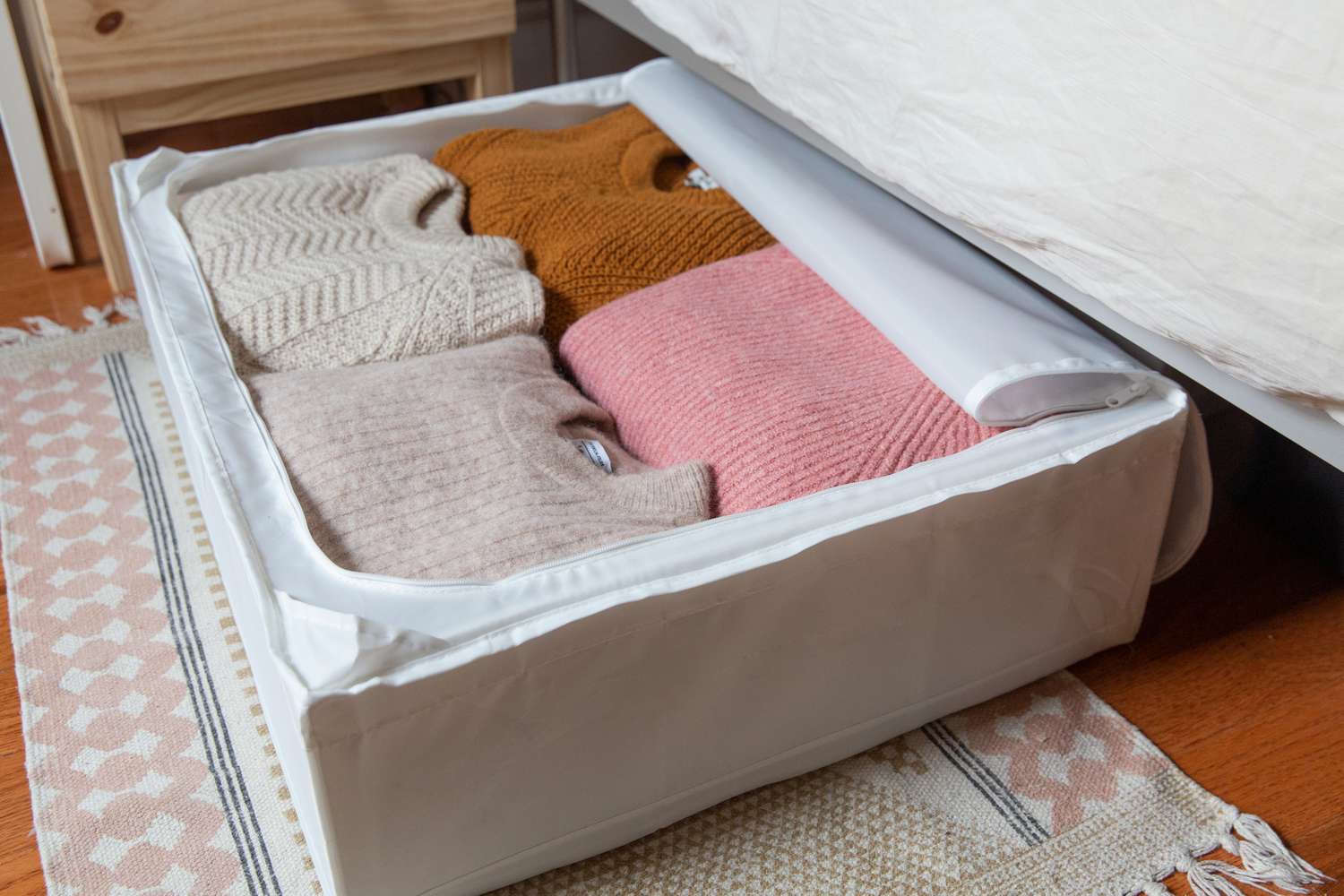






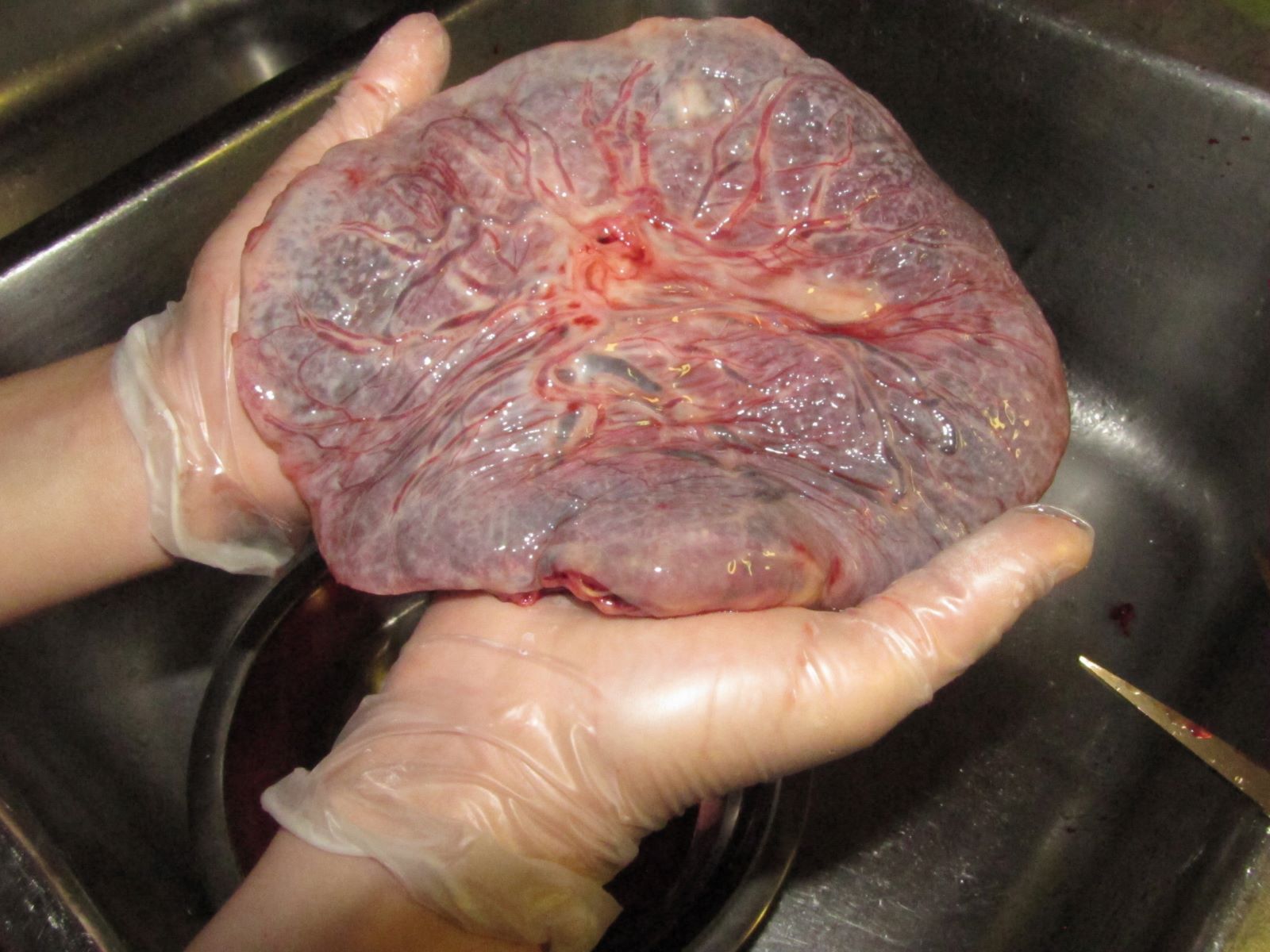


0 thoughts on “Ozempic How To Store”